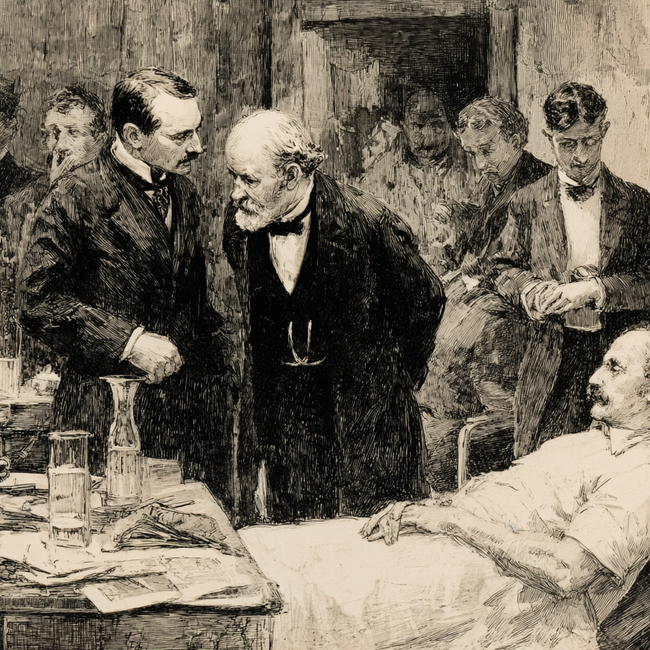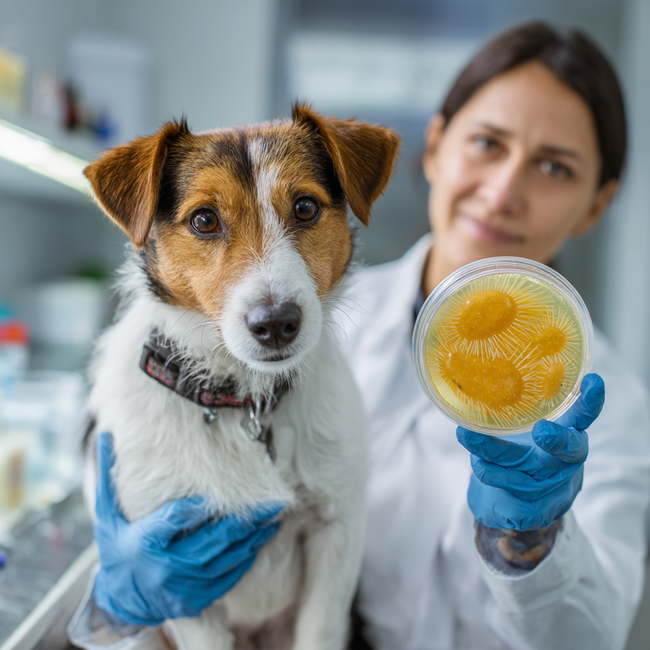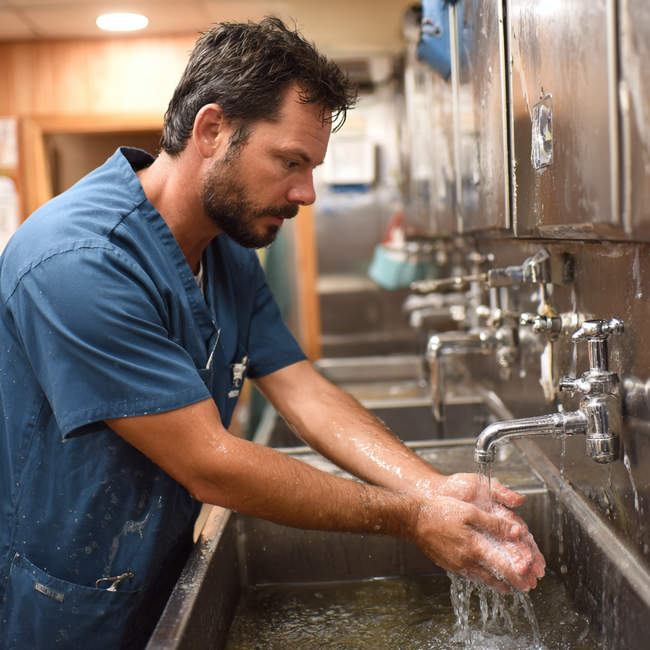- Hand Hygiene
- Life of a Wildlife Carer
- Dirty Wounds? We have the solution!
- Pet Of The Month
- The Basic of Fluid Therapy
- Joint disorders in dogs and corrective procedures
- The differences between TPLO, TTA and MMP cranial cruciate ligament rupture surgery
- Body And Muscle Condition Scoring
- Fluid Therapy - Rehydration Calculations
- Hand Hygiene in Veterinary Medicine: From History to Modern Practice
Hand Hygiene in Veterinary Medicine: From History to Modern Practice
Prof. Dr. Denis Verwilghen DVM, MSc, PhD, DES, Dipl ECVS, Dipl EVDCeq, MRCVS
The History of Hand Hygiene – From Ridicule to Revolution
When Ignaz Semmelweis suggested in 1847 that physicians should wash their hands between autopsies and deliveries, he was ridiculed. At the time, the idea that "invisible particles" could cause disease was laughable to many. Yet his intervention—handwashing with chlorinated lime—cut maternal mortality rates in half. Tragically, Semmelweis died disgraced, never witnessing the global impact of his discovery.
His work predates germ theory, but would later be vindicated by pioneers like Pasteur and Lister, who formalised the role of microbes and antisepsis. Over the 20th century, hand hygiene became central to infection control, culminating in global strategies such as the WHO's "Clean Care is Safer Care" initiative.1,2,3
Despite centuries of progress, compliance remains a struggle. In human hospitals, adherence hovers around 40%. In veterinary settings, it's often even lower.<sup>4</sup> Yet with the rise of antimicrobial resistance, our 19th-century lesson is more important than ever.
Hand hygiene isn't just historical—it's our frontline defence against healthcare-associated infections (HAIs), including in animal patients. In an age where miracle drugs are failing, clean hands are a revolutionary act all over again.
Let's honour Semmelweis by not repeating the mistakes of the past. In every ward, kennel, stable, surgery or paddock—the revolution starts at our fingertips.
From Semmelweis to Superbugs: A Veterinary Perspective
Fast-forward to 2025, and Semmelweis's lesson remains more relevant than ever—especially in veterinary medicine. Hand hygiene isn't just a human healthcare concern. The rise of antimicrobial resistance (AMR) is a global crisis affecting animals and humans alike. As pathogens become more resistant to antibiotics, the most basic infection control measures—like cleaning our hands—become crucial tools in our defence.
In veterinary practice, we're often one step behind when it comes to hygiene protocols. Many veterinary practices still lack standardised hand hygiene policies, and compliance remains low. But studies show that improved hand hygiene directly reduces infection rates, lowers the need for antibiotics, and improves patient outcomes—even in the barns and kennels.5,6,7,8
Veterinary professionals are stewards of animal health, but also gatekeepers to responsible antimicrobial use. Reducing reliance on antibiotics starts with preventing infections—and prevention starts with clean hands.
It's time we stop viewing hand hygiene as optional. It's one of the simplest, most cost-effective strategies we have to protect animal welfare, preserve antibiotic efficacy, and keep our practices safe.
Clean Hands Save Animals: A Veterinary Imperative
The World Health Organization (WHO) launched the "Clean Hands Save Lives" campaign to reduce healthcare-associated infections.<sup>9</sup> While it was designed for human hospitals, its message rings just as true in veterinary clinics: clean hands save animals.10
Veterinary professionals handle multiple patients, move between stables and exam rooms, and are constantly exposed to pathogens—from E. coli and Salmonella to resistant staph strains. Without proper hand hygiene, we carry these microbes between patients, species, and even homes.
Despite this, hand hygiene compliance in veterinary settings remains inconsistent. Barriers include lack of infrastructure, time pressure, skin irritation, or simply the habit of wearing gloves as a false sense of security. But gloves are not magic shields—dirty hands in gloves are still dirty hands.
Alcohol-based hand rubs (ABHR) are a game-changer. They're fast, effective, and less irritating than repeated washing. Studies have shown they improve compliance, reduce microbial load, and are easy to integrate into daily routines.11,12
Beyond our patients, this matters for biosecurity. Veterinary staff are also exposed to zoonotic infections. Protecting ourselves—and the public—starts with clean hands.
We need to foster a culture where hand hygiene is second nature, not an afterthought. Just like pain relief or proper nutrition, hygiene is a key pillar of patient care. Posters, visible dispensers, reminders, and peer support all play a role.
Let's rewrite the motto: Clean hands save animals. Clean hands save vets. Clean hands save the future.
Pre-Surgical Hand Hygiene: It's Time to Get with the Times
Scrubbing in for surgery has long been steeped in tradition—soap, water, brush, and time. But let's be honest: in 2025, it's not enough to cling to rituals. It's time to evolve, because when it comes to pre-surgical hand hygiene, the evidence is clear—alcohol-based hand rubs (ABHRs) are the new gold standard.
Properly used, ABHRs achieve the same—or better—bacterial reduction than traditional scrubs and with less skin damage. They're faster, more practical, and more sustainable. Still, many veterinary teams resist the shift. Why? Because while we're quick to embrace 3D-printed implants, robotic-assisted TTA, or cutting-edge diagnostic tools, we're slow to update the fundamentals.
But surgical success doesn't start with the scalpel. It starts with clean, cared-for hands.
And this isn't just about patient outcomes. Around 30% of people using chlorhexidine scrubs will develop occupational contact dermatitis-cracked, inflamed skin that increases bacterial colonisation and compromises both patient and personal safety and ultimately career longevity. ABHRs, especially those with emollients, preserve the skin barrier and support long-term health for surgical staff. 13,15
We must also confront the scientific flaws in how some veterinary scrub studies are done—overestimating efficacy due to inadequate neutralisation of antiseptics in testing protocols.14 Evidence must guide our protocols, not habit or hearsay.
Pre-surgical hygiene isn't a ceremonial rinse—it's a species-agnostic, intervention-independent critical control point. If we want to raise our standards, reduce infections, and protect ourselves and our patients, we must stop treating hand hygiene like an afterthought.
So it's time to reframe pre-surgical hygiene into a science-based protocol. We must choose products with validated efficacy, apply correct technique and volume, and build a culture of compliance. Because whether it's a TPLO, a colic surgery, a splenectomy, a fracture repair, or a laparoscopic cryptorchidectomy—success starts with clean, cared-for hands.
Infection prevention starts here. It's not high-tech—but it is high impact.
It's in your hands!




